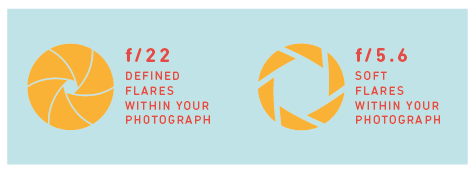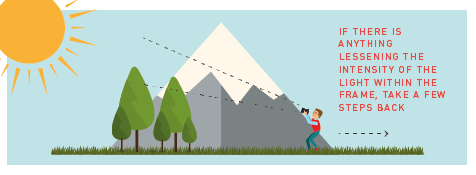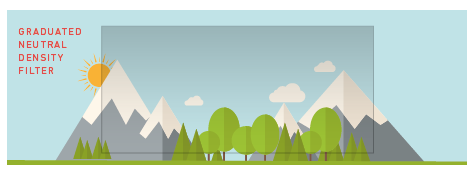How to shoot into the sun
Photographing into the Sun: Capturing the Perfect Flare
Contrary to popular belief - photographing the sun, as well as taking pictures with the sun as a compositional feature, is actually safer than you think. Although you can damage your eye if you look through the viewfinder of a camera directly at the sun, utilising and creating sun-flares within an image can add an extra layer of light and depth to your photographs. If you’re looking for an image that will add real flare to your portfolio, take a look through our simple-to-follow guide:
Finding the right aperture setting
If you’ve ever looked at a photograph that includes the sun within its frame, you may have noticed that the sun-flares look soft and undefined – whereas in others the sun-flares will look defined and boldened within the image. This is all to do with the aperture setting on the camera.
Most photographers can be confused by this, as a large aperture will allow lots of light through the lens; however, the more light that is allowed through the lens is identified by a lower ‘f-stop’ number. So, if you want soft-flares in your photo, go for an aperture setting of around f/5.6. If you’d like defined flares within your photograph, then you should opt for a setting of f/22.

The flares provided by the sun are created by the blades of the aperture within the lens; as they close during a low aperture shot, light becomes more defined in its direction to the lens within the frame – thus creating the flares. Remember, the aperture setting that you use will depend upon the maximum amount of light available in the shot, so use these ‘f-stop’ numbers as a rough guide when taking your shot.
Getting the Right Composition
When photographing the sun within your frame to get the right amount of light intensity into the shot, it’s important to master the composition of the image. When it comes to your finished photographs, adjustments to the angle of the sun or the amount of sunlight streaming into the image can make all of the difference. It’s therefore important to keep in mind and not settle for the first composition that you create. If there is anything blocking the sun and lessening the intensity of the light within the frame, take a few steps back and you should see a dramatic difference.

Using Filters
UV Filters
When using a film camera, it is usually necessary to use a UV filter as film is sensitive to UV light. However, most digital SLRs are fairly insensitive to light, so some argue that there isn’t any need for a UV filter when using a modern camera. Although, what a UV filter can do is reduce the amount of longitudinal chromatic aberration within a shot. Put simply, when a lens is exposed to a lot of light in the shot, purple fringes can occur in the image because the lens cannot display the spectrum of light in focus. So, if this is happening you should use a UV filter as a prevention technique.
Graduated Neutral Density Filter
These filters will make your image darker at the top and lighter at the bottom, controlling the amount of light exposed where the sun is at the top of your image, whilst keeping the various colours in the frame rich. This ensures that the vibrancy and saturation of colour within the image remains in a photograph where the exposure to light is high, reducing the amount of over-saturation in the image while retaining the brightness of the sun within the frame.

Consider timings
It may be an obvious point to make, but the time of day will dictate the success of your final image when photographing the sun.
The sun is at a unique angle when it is rising and when it is setting, so during these times you are able to take photographs that capture sun-flares that literally cast a burst of light over the composition. At dawn and dusk, the colour of the sun is a warmer-golden hue, whereas during the day it is a more neutral colour and can usually disperse blue shades as a result of chromatic aberrations from the light source.
As a rule, photographs taken at sunrise will have a warmer feel, and those taken at sunrise will have a cooler feel. Depending on your preference you can experiment during both times in the day to capture your most intense sun-flare.

- By Matthew Ward
- 9 May 2017



































































